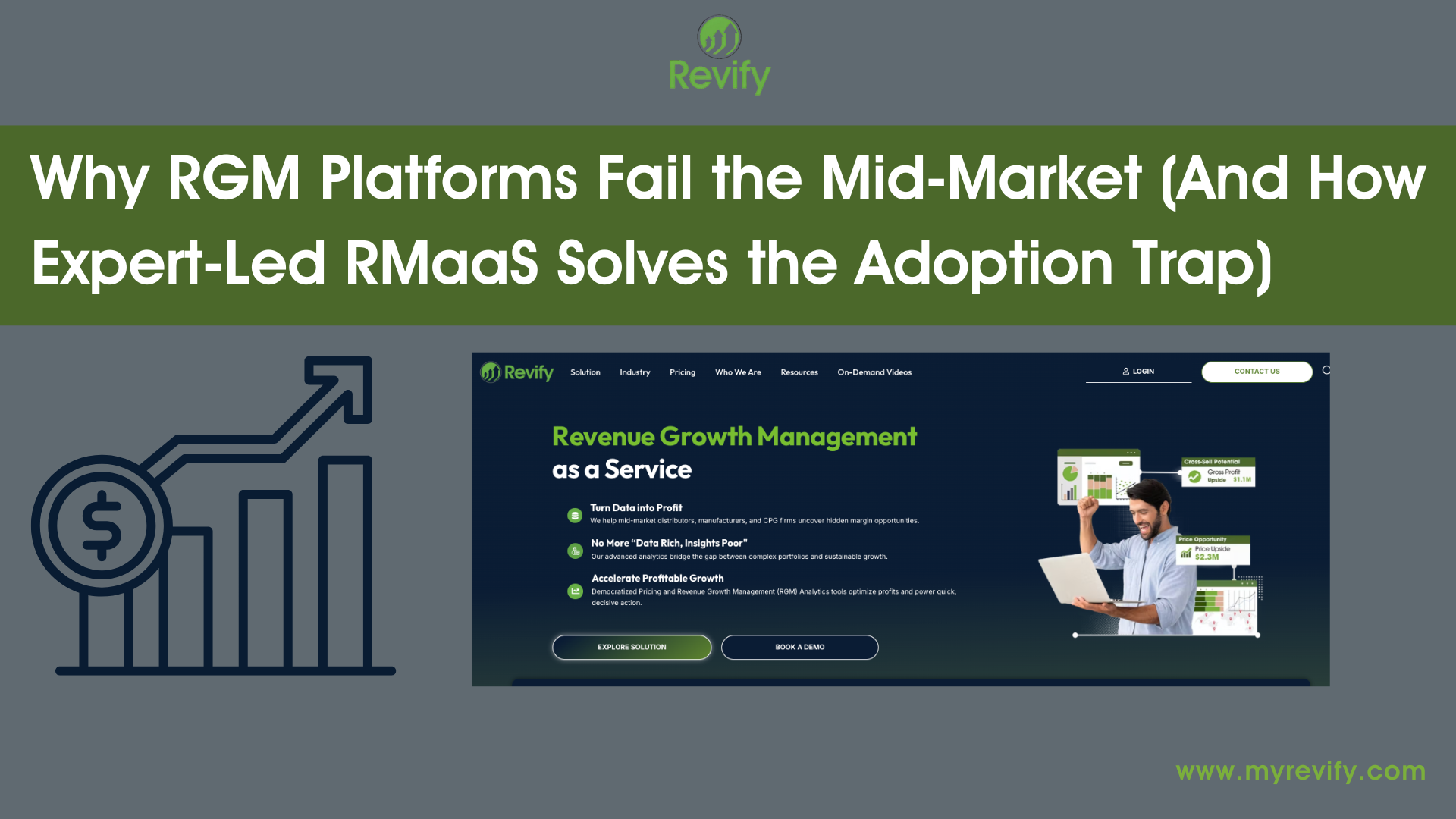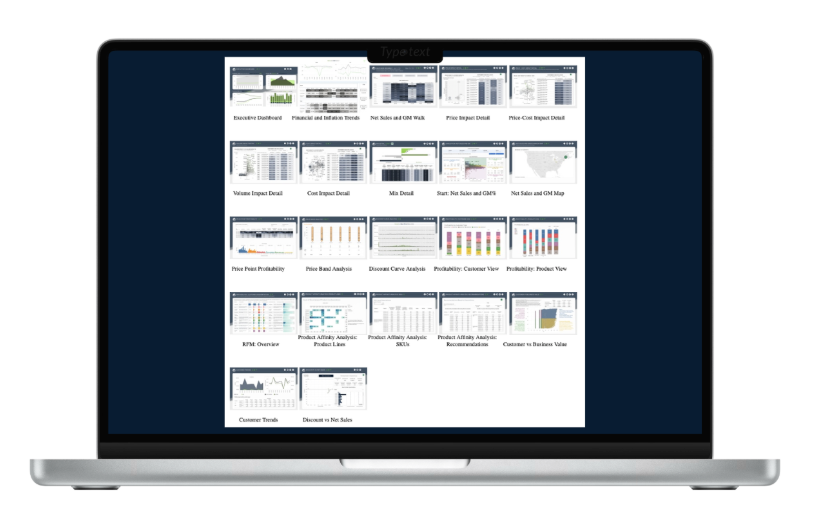Revology Analytics Insider
Browse Contents Based on Category or Topic
Filter by Category
Filter by Topic/Tag
- AI
- AI Pricing
- AI Transformation
- AI in Business Analytics
- AI/ML
- AI/ML Distribution
- ARPU
- Analysis with Python
- Analysis with R
- Analysis with Tableau
- Analytics Leadership
- Assortment Optimization
- Attribution Modeling
- B2B Pricing
- BATNA
- Bayesian Modeling
- Budget Optimization
- Business Growth through Pricing
- CPG
- CPG Pricing
- CRM Data Analysis
- Category Management
- Commercial Analytics Transformation
- Competitive Analysis
- Competitive Pricing
- Consumer Durables
- Consumer Products
- Cost Inflation
- Cross-Sell Optimization
- Cross-sell Opportunities
- Customer Analytics
- Customer Churn
- Customer Churn Modeling
- Customer Lifetime Value
- Customer Retention
- Customer Segmentation
- Data Analytics
- Data Monetization
- Data Visualization
- Data Warehouse
- Data-Driven Decision Making
- Data-driven Pricing
- Discount Management
- Distribution
- Distributor Data
- Distributor Profitability
- Durable Goods
- Dynamic Pricing
- Elasticity-Based Pricing Strategies
- Forecasting
Subscribe to Revology Analytics Insider
Want to stay abreast of the latest Revenue Growth Analytics thought leadership by Revology?
Tariffs, “Sneakflation,” and the Pricing Tightrope
A hidden tariff tax, dubbed "sneakflation," is quietly raising prices on everyday goods and squeezing business profits. Faced with this pressure, many companies make the mistake of implementing blunt, across-the-board price hikes that can damage sales volume and customer relationships. This post details a smarter, surgical approach, using data-driven strategies like price elasticity analysis and scenario modeling to manage rising costs. Learn how to walk the pricing tightrope to protect your margins without alienating your customer base.
The Tariff Tightrope: Why Walmart's Price Hikes Signal a Reality Check for American Consumers
Walmart's recent announcement of price hikes due to tariffs serves as a stark reality check, confirming that American consumers will ultimately bear these costs. This isn't just about Walmart; it signals a broader economic shift impacting shoppers and presenting significant challenges for CPG companies. This article delves into why these price increases are happening and outlines crucial strategies for CPGs to navigate this turbulent environment.
Pricing Strategies to Counter Tariff Impacts
Rising tariffs create significant financial pressure, demanding proactive and strategic pricing adjustments. Companies must move beyond simple cost-plus models to deeply analyze their entire value chain, identifying hidden tariff-related costs and supply chain vulnerabilities. This involves understanding direct and indirect cost increases, assessing competitor reactions, and recognizing how currency fluctuations exacerbate the impact.
A "one-size-fits-all" pricing response is inadequate; a nuanced approach is crucial, based on the specific "pricing game" a company plays (Cost, Uniform, Power, or Custom). It involes differientiating between products, presenting different strategies for each game. This framework lets companies anticipate how tariffs will impact their specific market and creates catered strategies. By using analysis and scenario modeling, companies can protect margins while delivering value.














